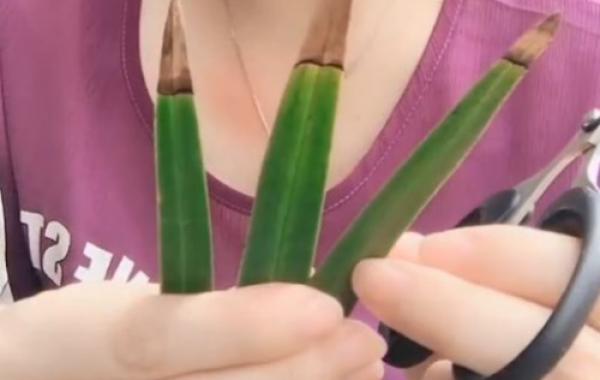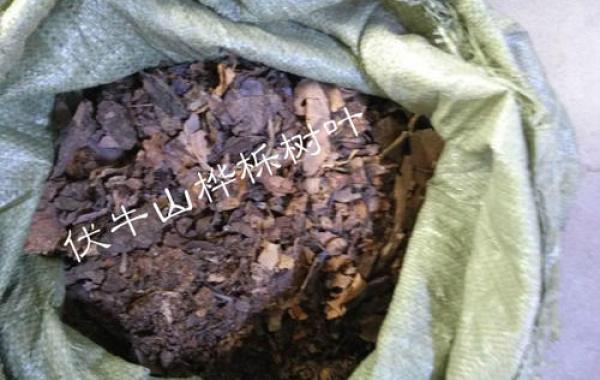How many months does clivia bloom? What season does clivia bloom?
Magnolia, also known as Lycoris radiata and Lycoris davidiana, is an ornamental flower of the genus Lycoris of the family Amaryllidaceae. It is native to southern South Africa. Is a perennial herb, avoid strong light, for semi-negative plants, like cool, avoid high temperature. The optimum temperature for growth was 15-25 ℃, and stopped growing when the temperature was lower than 5 ℃. So what month is the flowering period of the gentleman's orchid?
According to the understanding of the orchid growers, the orchid blossoms from New Year's Day to the Spring Festival, mainly in spring and summer, and can blossom all the year round, sometimes in winter, and in summer from June to July. The florescence is as long as 30-50 days, mainly in winter and spring. New Year's Day also blossoms before and after the Spring Festival. the fruit matures in October, belonging to berries and purplish red. Flowers and leaves are not beautiful.
Growth habits of Cymbidium
Magnolia is native to the tropical regions of southern Africa and grows under trees, so it is not only afraid of heat but not cold-resistant, like semi-shady and humid environment, afraid of strong direct sunlight, the best temperature for growth is between 18-28 ℃, below 10 ℃, above 30 ℃, and growth is inhibited. The gentleman orchid likes the ventilated environment, likes the deep, fertile and loose soil, and is suitable to grow in the loose and fertile slightly acidic organic matter soil. Cymbidium is a greenhouse flower, which is suitable for indoor cultivation.
There is a certain correlation between roots and leaves. When new roots and leaves grow, the new leaves will also be sent out. As long as the leaves do not wilt, pay attention to maintain the soil moisture during conservation, and remember not to water too much and work too hard. Then the roots will grow new roots again, allowing the plant to survive (properly maintained, new roots can be found in about 10 days). Damage to the leaves will also affect the roots.
Under normal circumstances, the orchid blossoms once a year, usually with more than 12 leaves. If the indoor planting temperature is appropriate, it can blossom before and after the Spring Festival. The gentleman orchid, known as the flower of wealth, generally blossoms once a year, rarely blossoms twice a year, while those that bloom three times are rare.
Geographical distribution of Cymbidium
Magnolia is native to the subtropical mountain forests of southern Africa and is a perennial evergreen herb. There are two species introduced from Europe and Japan, as well as Britain and the United States, which are widely cultivated.
Winter management of Magnolia
Magnolia originated in South Africa, for perennial evergreen herbaceous flowers, like warm and cool climate, afraid of high temperature and cold, summer dormancy, autumn and winter growth, therefore, strengthening winter tube is the key to cultivation. The main points are as follows:
1. Fertilizing Magnolia grandiflora grows fast in winter and needs more nutrients, so it is very important to apply winter fertilizer well. Before entering the room, flowerpots should be watered with bone powder, fried sesame, cooked soybeans or compound fertilizer every 15 to 20 days, and the roots can also be watered with soaking solution of animal and plant residues. It is necessary to ensure that the fertilizer is ripened and applied lightly to prevent the injury of thick fertilizer.
2. Watered magnolia is a fleshy root, angry and afraid of water stains. In addition, the leaves of Cymbidium have waxy layer, the temperature is low in winter, and the transpiration and evaporation of water are less. Therefore, watering should not be too much, only combined with fertilization watering, to keep the basin soil moist. Must not be flooded with water, resulting in rotten roots and dead seedlings.
3. The suitable growth temperature of Cymbidium was 15 ℃ to 25 ℃, 10 ℃ stopped growing and 0 ℃ was damaged by freezing. Therefore, it must be kept warm and frost-proof in winter. After the flower stem is extracted, it is suitable to keep it at about 18 ℃. If the temperature is too high, the leaf and flower moss are only long and thin, the flower quality is poor, and the florescence is short; the temperature is too low, the flower stem is short, it is easy to be born prematurely (flowering), which affects the quality and reduces the ornamental value.
4. Dimming gentleman orchid likes to scatter light and avoid direct strong light. Winter indoor maintenance, flowerpots should be placed in a place with plenty of light. Especially before flowering, there should be good light, which is beneficial to the development and firmness of flower buds. After flowering, proper cooling, avoiding strong light and keeping good ventilation are beneficial to prolong the flowering period.
5. protecting leaves, fat and strong flowers, colorful chlorophyll, short, wide, thick, green, bright and strong leaves are the characteristics of healthy Cymbidium, which is the basis of promoting flowering and improving ornamental value. To maintain strong leaf quality, in addition to providing reasonable fertilizer and water, it is necessary to keep the leaf surface clean in order to improve photosynthetic efficiency. The methods of leaf protection are as follows: one is to wash the leaves regularly, and the same water is sprayed to wash or wipe the dust on the leaves to keep the leaves clean; the other is to spray agents in time to prevent the occurrence of leaf spot, leaf blight and stem rot to ensure that the leaves are green and flowers are beautiful. The gentleman orchid must use the special gentleman orchid soil.
Gentleman's orchid flower language
The gentleman orchid is the family Amaryllidaceae, its plant is elegant and handsome, there is a gentleman's demeanor, flowers such as orchid, and get the name.
The flower language of Gentleman has the meaning of "nobility". This is also the species name nobilis (from the Latin nobelesse, which means "noble". The origin of).
In addition to "noble" and "precious", the flower language of Gentleman also has the meaning of "richness and the wind of a gentleman".
The flower language of the gentleman's orchid: nobility, the wind of a gentleman.
Related
- Is the orchid suitable for indoor use? Is it good for the body?
- How to prevent the empty root of orchids?
- What to do after the crab claw orchid is withered?
- Why are the leaves of orchids always yellow? Fertilizing and watering.
- Can the root of the gentleman orchid be saved if it is rotten?
- Diagnosis and treatment of cotton-blowing beetle insects in Cymbidium
- There is a way for a gentleman's orchid to rot.
- What is the most suitable temperature and humidity for the orchid?
- How to raise a gentleman's orchid? Cultivation techniques of Cymbidium
- How to prepare the nutritive soil for the cultivation of Cymbidium



